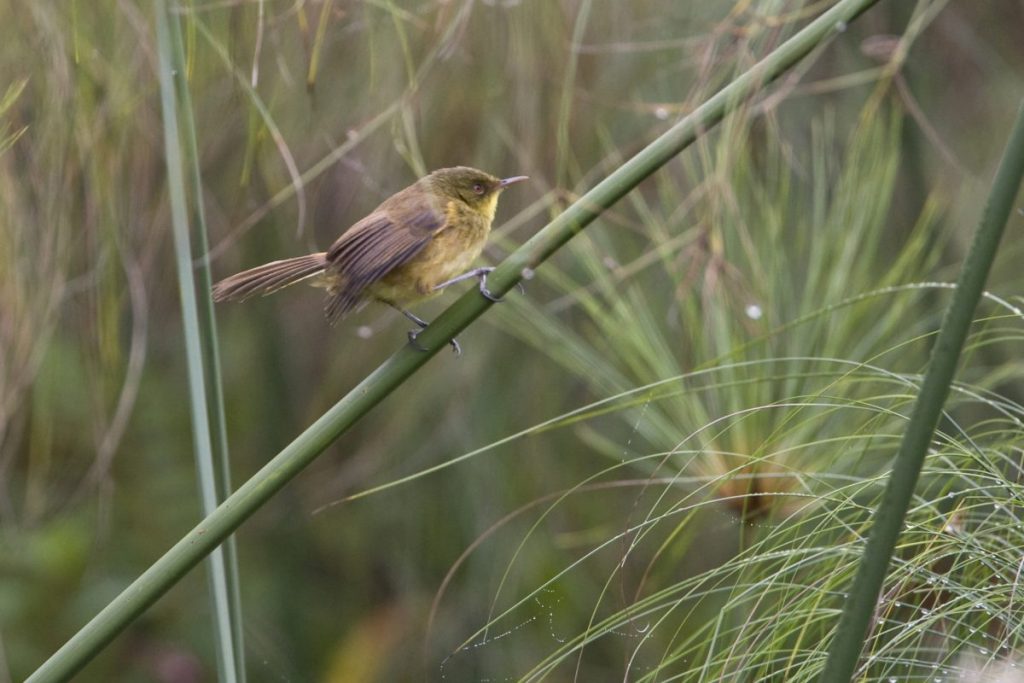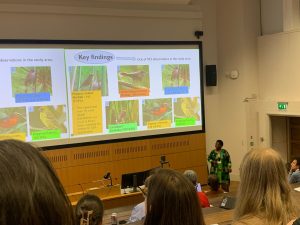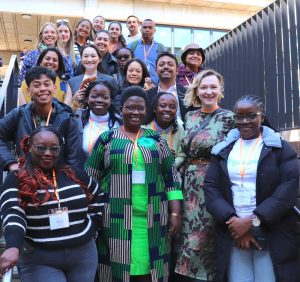
The papyrus wetlands cover 13% of Uganda, but they are in rapid decline due to fragmentation, overharvesting of vegetation, and drainage for crops and dairy farms. As a result of these practices, specialized biodiversity, including birds, is threatened and ecosystem services for society are rendered ineffective. A consortium led by Kabale University is being funded by the JRS Biodiversity Foundation to protect the biodiversity in papyrus wetlands in Uganda.
A particular focus will be placed on the papyrus wetlands in the Albertine Rift, which extend from the northern boundary of Rwanda in the south to the northern tip of Lake Albert in the north.
In this project, data will be generated on the distribution, abundance, habitat use of birds, reptiles and amphibians in order to determine priority areas for area-based protection and to advocate for their protection in accordance with Uganda’s 30 by 30 commitments. To inform the National Biodiversity Strategy and Action Plan, and ARBMIS, eBird and the World Database on KBAs, the data will be shared on data portals for the Uganda National Biodiversity Databank and GBIF.




